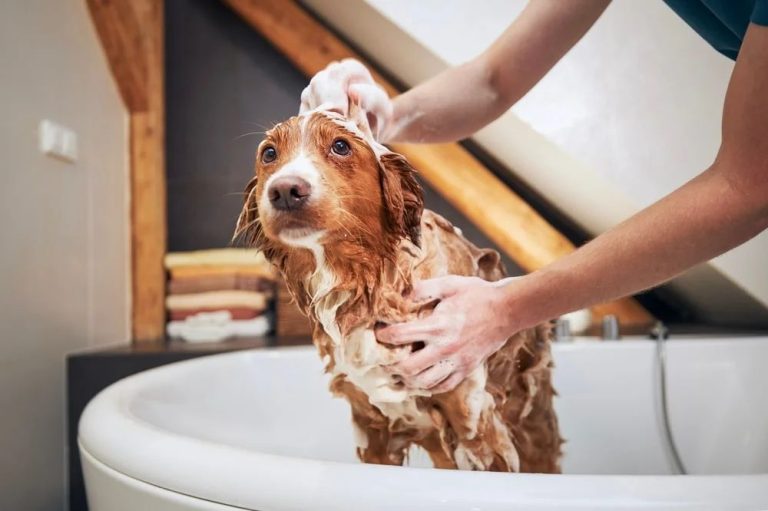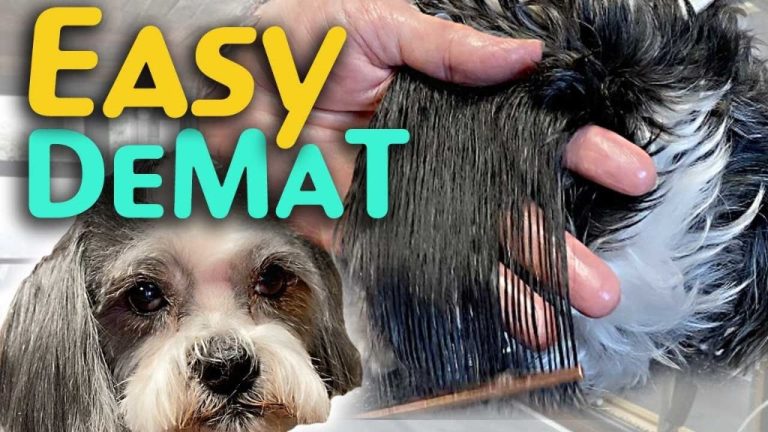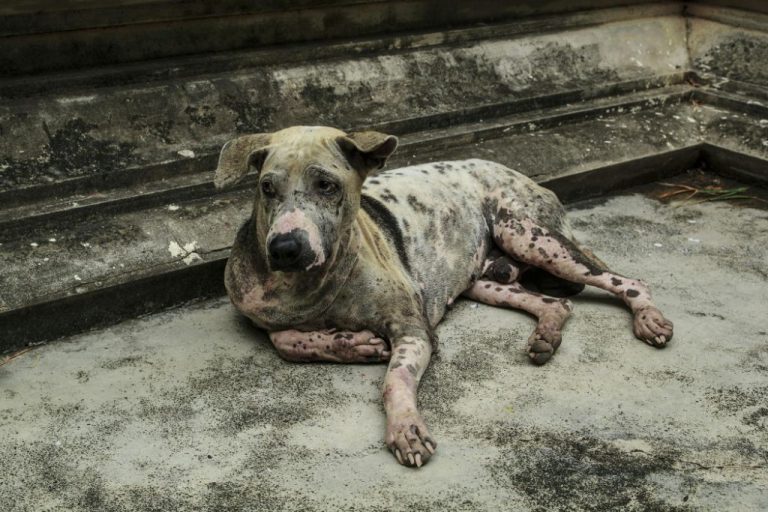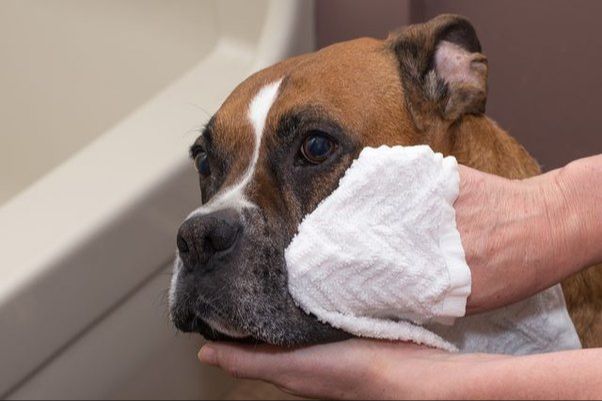Ear Care Tips: Keeping Your Dog’S Ears Clean And Healthy
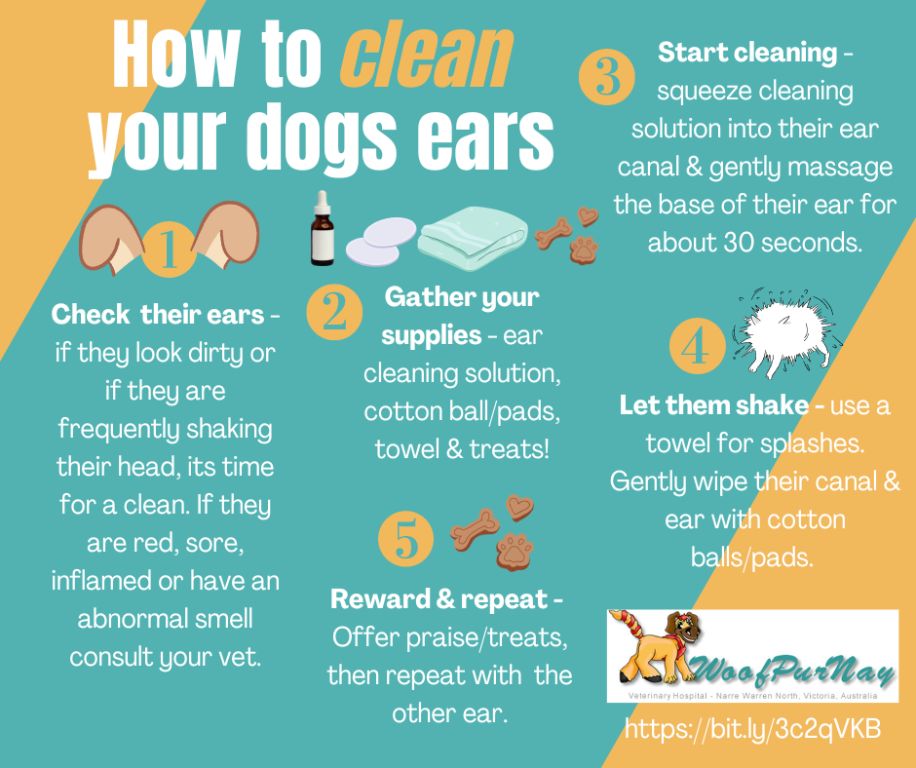
Keeping your dog’s ears clean and healthy is an important part of their overall hygiene and health. A dog’s ears are very sensitive and are prone to infections if not properly cleaned and cared for. Ear infections in dogs can be caused by a buildup of wax, debris, moisture, mites, yeast, and bacteria. These infections can be painful and lead to more serious health issues if left untreated. Practicing regular ear care and cleaning can help prevent infections and allow you to monitor your dog’s ears for early signs of problems.
In this article, we will discuss the signs of ear troubles in dogs, what causes ear infections, how to properly clean your dog’s ears, home remedies for ear issues, when veterinary care is needed, and tips for keeping your dog’s ears in good health. Proper ear care is essential for your dog’s comfort and wellbeing. By following veterinarian recommended guidelines for cleaning and monitoring your dog’s ears, you can help keep them happy and healthy.
Signs of Ear Problems
Some common signs that indicate your dog may have an ear infection or other ear problem include:
– Head shaking[1] – Your dog may shake their head from side to side or up and down in an attempt to relieve discomfort in their ears.
– Scratching at the affected ear or around the head[2] – Repeated scratching is a sign of irritation and your dog trying to relieve itchiness.
– Odor[1] – There may be a foul smell coming from the ear canal indicating infection or buildup of debris and wax.
– Discharge[1] – You may see a dark brown, yellow, or bloody discharge coming from the ear. This fluid is often due to infection.
– Redness and swelling[2] of the ear canal and outer ear – Inflammation of the ear tissue signals infection or irritation.
Other signs can include tilting the head, reluctance to let the head or ears be touched, and loss of balance. If your dog is showing any of these symptoms, it’s important to have their ears examined by a veterinarian. Left untreated, ear infections and other problems can lead to permanent damage.
Causes of Ear Infections
There are several common causes of ear infections in dogs:
Allergies – Allergies are one of the most common causes of chronic or recurrent ear infections in dogs. Allergies to food, environmental allergies, or allergies to other substances can lead to inflammation and irritation in the ears, allowing yeast and bacteria to overgrow (VCA Animal Hospitals).
Foreign objects – Grass seeds, dirt, burrs, or other foreign material getting lodged in the ear canal can lead to infection and inflammation. Foreign objects irritate the sensitive skin inside the ears (AKC).
Excess moisture – Dogs with floppy ears or hairy ear canals are prone to excess moisture building up inside the ears. The warm, moist environment allows yeast and bacteria to thrive (PetMD).
Bacterial and yeast overgrowth – An overgrowth of bacteria or yeast is often secondary to another underlying cause like allergies or excess moisture. Once present, these microorganisms cause more irritation and inflammation (VCA Animal Hospitals).
Ear mites – Ear mites are tiny parasites that live inside the ear canal and cause intense itching. The scratching and irritation from ear mites can lead to secondary bacterial and yeast infections (PetMD).
Preventing Ear Infections
There are several steps you can take to help prevent your dog from developing ear infections:
Regular ear cleaning is one of the best ways to prevent infections. Gently clean your dog’s ears once a week using a veterinarian-recommended cleanser. Wipe out any dirt, debris, or wax you see. Be very gentle, especially if your dog has floppy ears.[1]
After baths or swimming, thoroughly dry your dog’s ears to prevent moisture buildup. Moisture creates the perfect environment for bacteria and yeast to thrive.[2]
If your dog has allergies, treating the allergies can reduce ear infections. Allergies lead to inflammation and extra ear wax, which blocks the ear canal.[1]
Check your dog’s ears every so often for any foreign material like grass, dirt or foxtails. Remove any foreign material you find to prevent irritation and infection.[3]
Keeping your dog’s ears clean and dry is key to avoiding painful infections.
Cleaning the Ears
Regularly cleaning your dog’s ears helps prevent ear infections by removing dirt, debris, and waxy buildup. It’s important to use a proper dog ear cleaning solution and follow your veterinarian’s instructions.
Use a quality dog ear cleaner specifically designed for cleaning dogs’ ears like Vetericyn Plus Ear Rinse (source). Do not use cleaning solutions made for human ears. Apply some of the solution onto a cotton ball.
Gently wipe around the outer part of the ear canal, massaging the base of the ear to loosen wax and debris (source). Never insert cotton swabs or objects into the ear canal as this can damage the eardrum. Be gentle and stop if your dog shows any signs of discomfort.
After cleaning, dry your dog’s ears with a soft towel or tissue. Reward your dog with treats and praise for being patient during the cleaning process. Always follow up with your veterinarian if you have any concerns about your dog’s ears or the cleaning procedure.
Home Remedies
There are several natural home remedies that can provide relief for a dog’s ear infection when used properly. Some of the most commonly used home remedies include:
Apple cider vinegar – A 50/50 mixture of apple cider vinegar and water can help reduce itching and discomfort caused by ear infections. The acetic acid in vinegar acts as a gentle antiseptic. Dip a cotton ball in the solution and wipe just inside the ear canal. Do not fully submerge the ear.[1]
Coconut oil – Coconut oil has natural antifungal and antibacterial properties. Apply a small amount of virgin coconut oil just inside the ear canal using a cotton ball. Do not apply too much as this can increase wax buildup.[2]
Aloe vera – The natural enzymes in aloe vera gel can help fight inflammation and bacteria. Apply a small amount inside the outer ear after cleaning. Be careful not to insert deep into the ear canal.[3]
Essential oils – Oils like tea tree and oregano have antimicrobial properties. Dilute a few drops in a carrier oil before applying just inside the ear. Do not use essential oils without first consulting a veterinarian.[2]
When to See a Veterinarian
It’s important to take your dog to the vet if their ear infection is severe or fails to improve with home treatment. According to Leo’s Pet Care, you should schedule a vet appointment right away if your dog is tilting their head, scratching their ears excessively, seems in pain, or has discharge coming from their ears. The vet can examine your dog’s ears to determine the cause of the infection and prescribe medication to treat it.
You should also take your dog to the vet if the infection persists or keeps coming back. As the MahJax Pet Emergency Trauma Center notes, chronic or recurring ear infections can indicate an underlying condition that requires veterinary attention. The vet may need to perform testing to diagnose and properly manage chronic ear issues.
Finally, PetAssure recommends seeing your vet if home remedies don’t improve your dog’s ear infection within a few days. Don’t try to tough it out at home if your dog’s ears show no sign of healing. The vet has prescription medications and can get to the root cause of stubborn infections.
Veterinary Treatment
If home remedies do not clear up the ear infection, it’s important to take your dog to the veterinarian. The vet will start by doing a full exam of your dog’s ears, looking for any abnormalities. They may collect a sample of the debris inside your dog’s ear canal to examine under a microscope – this is called cytology. It can help identify what type of infection your dog has – whether it is bacterial, fungal or parasitic.
Based on the exam and cytology results, the vet will prescribe medication to treat the specific infection. Common medications used include:
- Antibiotics for bacterial infections
- Antifungals for yeast infections
- Steroids to reduce inflammation
Medications usually come as ear drops or oral medications. It’s important to follow the medication schedule and finish the entire course as prescribed by your vet. In severe cases, the vet may recommend flushing or surgically opening the ear canal to allow better penetration of medication.
According to MedVet, your vet may also prescribe oral steroids for a few days to decrease inflammation and open the ear canal.
Aftercare
After your dog has received treatment for an ear infection, it is important to properly finish care at home to prevent recurrence. Here are some tips for aftercare following veterinary treatment for an ear infection:
Finish any medications as directed. Oral or topical medications may be prescribed for 7-14 days to fully clear up the infection. Make sure to give all medications as directed until completed, even if your dog’s ears look better.[1]
Keep your dog’s ears dry. Avoid bathing and swimming until the infection has fully healed, as moisture in the ears can worsen irritation. You may be advised to use a drying agent after bathing.
Follow up with any recommended recheck exams. Your veterinarian may want to reexamine your dog’s ears after treatment to ensure the infection has resolved.
Closely monitor your dog’s ears and return promptly if symptoms return. Even with proper aftercare, some ear infections can reoccur. Contact your vet if you notice any return of redness, swelling, discharge or head shaking.
Following veterinary recommendations for aftercare, and keeping a close eye on your dog’s ears, can help ensure infections are fully cured. Proper aftercare helps prevent recurrence and complications.
Prevention Tips
Here are some tips for preventing ear infections in dogs:
Regular cleaning: Regularly cleaning your dog’s ears can help remove debris, wax buildup, moisture, and foreign bodies that can lead to infection. Use a vet-approved ear cleaner and cotton balls to gently wipe out the ear canal once a week or as needed depending on your dog’s breed and anatomy. Be sure not to insert anything into the ear canal.
Keep ears dry: After baths or swimming, gently wipe your dog’s ears with a towel or cotton ball to soak up excess moisture. Allowing water to sit in the ear canal can allow yeast and bacteria to thrive.
Treat allergies: Allergies are a common cause of inflammation and infection in dog ears. Work with your vet to identify and treat any food or environmental allergies your dog may have through diet changes, oral medication, or allergy shots.
Healthy diet: Feed your dog a nutritious, high-quality diet to support their overall health and immune system. Omega fatty acids found in fish, olive oil, and some supplements can help reduce inflammation.
With diligent ear care, prompt treatment, and prevention strategies, you can help keep your dog’s ears healthy and infection-free.
Source: https://www.akc.org/expert-advice/health/tips-preventing-ear-infections/


